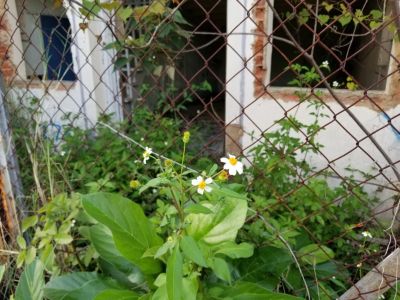The downside is that the plant is extremely aggressive and produces needle-like seeds that cling to everything they touch, including hair, fabric, and fur. When you consider that one plant can produce 1,000 prickly seeds, you can understand why Spanish needle plant isn’t a welcome visitor in most gardens. If this sounds familiar, keep reading to learn about Spanish needle control.
Controlling Spanish Needles
Young Spanish needle weeds aren’t difficult to pull when the ground is moist, and unless you have a huge infestation, hand-pulling is the most effective and safest solution. Work carefully and use a shovel or spade, if necessary, to get the long, tough taproot. The key to success is to pull the weeds before they have a chance to go to seed – either before the plant blooms or shortly after – but always before the blooms wilt. Don’t expect to eradicate Spanish needle plant at first try. Keep pulling the seedlings when they are young and tender; you’ll eventually gain the upper hand. If you have a large infestation, mow the plants periodically so they have no opportunity to develop flowers and go to seed. You can also gain Spanish needle control by spraying individual plants with products containing glyphosate. Alternatively, spray large infestations with a herbicide that kills broad-leaf weeds, such as 2,4-D. Keep in mind that due to high toxicity and dangers to people, animals, and the environment, herbicides should always be a last resort. Note: Any recommendations pertaining to the use of chemicals are for informational purposes only. Specific brand names or commercial products or services do not imply endorsement. Chemical control should only be used as a last resort, as organic approaches are safer and more environmentally friendly.
